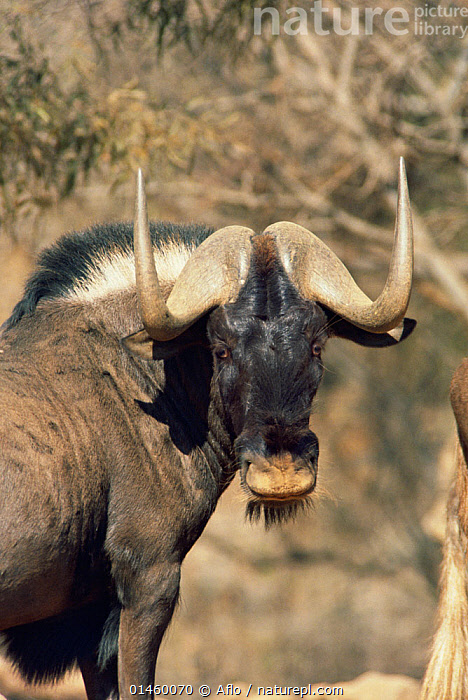Post by s on Aug 29, 2023 8:51:08 GMT
Aug 28, 2023 20:39:46 GMT s said:
At sheer force? Bison's charge wins because it's much heavier, homever at parity even without factoring the frontal horns Bull's charge is the most impressive"The energy of a bull charging exceeds 4,000 kilos of force and the pressure of the goring is similar to that of an artillery cannon.
Source: we are going to use an hypothethical 550kg Bull moving at 10km/h, (not even their maximum sustainable speed which is 25km/h, or their maximum speed for short bursts which is about 40km/h) lots of mathematics:
How much energy does a 550 kg bull have moving at 10 km/h? That energy is what is transferred to the stage of the confinement route if it hits him or, in the worst case, a runner. The energy of a moving body is called kinetic energy, and is given by the expression:
Ec=1/2mv^2
We multiply the mass by the speed squared (expressed in meters divided per second) and divide it by 2. The result, substituting terms, is 2121.91 Joules, which is the International System unit for energy. As a review, standard safety footwear only resists 200 Joules. If a bull dissipated all its energy in the toe cap of a safety shoe, it would turn it into dust.
Now this energy (which is neither created nor destroyed, only transformed) is going to be invested in putting the horn into a wooden post and completely stopping the bull in the not inconsiderable amount of 5 centimeters. In other words, the horn goes 5 centimeters into the wood and the bull is completely stopped.
The work (energy) to do that is given by the expression:
Work = Force * Displacement
Substituting, 2121.91=F*0.05 (meters). Then F=42438.27 Newtons -Unit of the International System for Force-, which would be the equivalent of about 4326.02 kilos, just over four tons
These 42438 N are applied to a shaft of radius 0.5 cm. Then the concept of pressure arises, which is force divided by surface. The area of a circle is pi*R^2, where pi=3.1415927. The surface (already converted to square meters)=7.85E-5 m2.
So pressure P=42438.27/7.85E-5=5.41E+8 Pascals=5517 kg/cm2, a pressure close to that produced in artillery guns. Note to engineers, physicists and mathematicians: A spherical bull of radius R has been assumed to simulate this situation"




